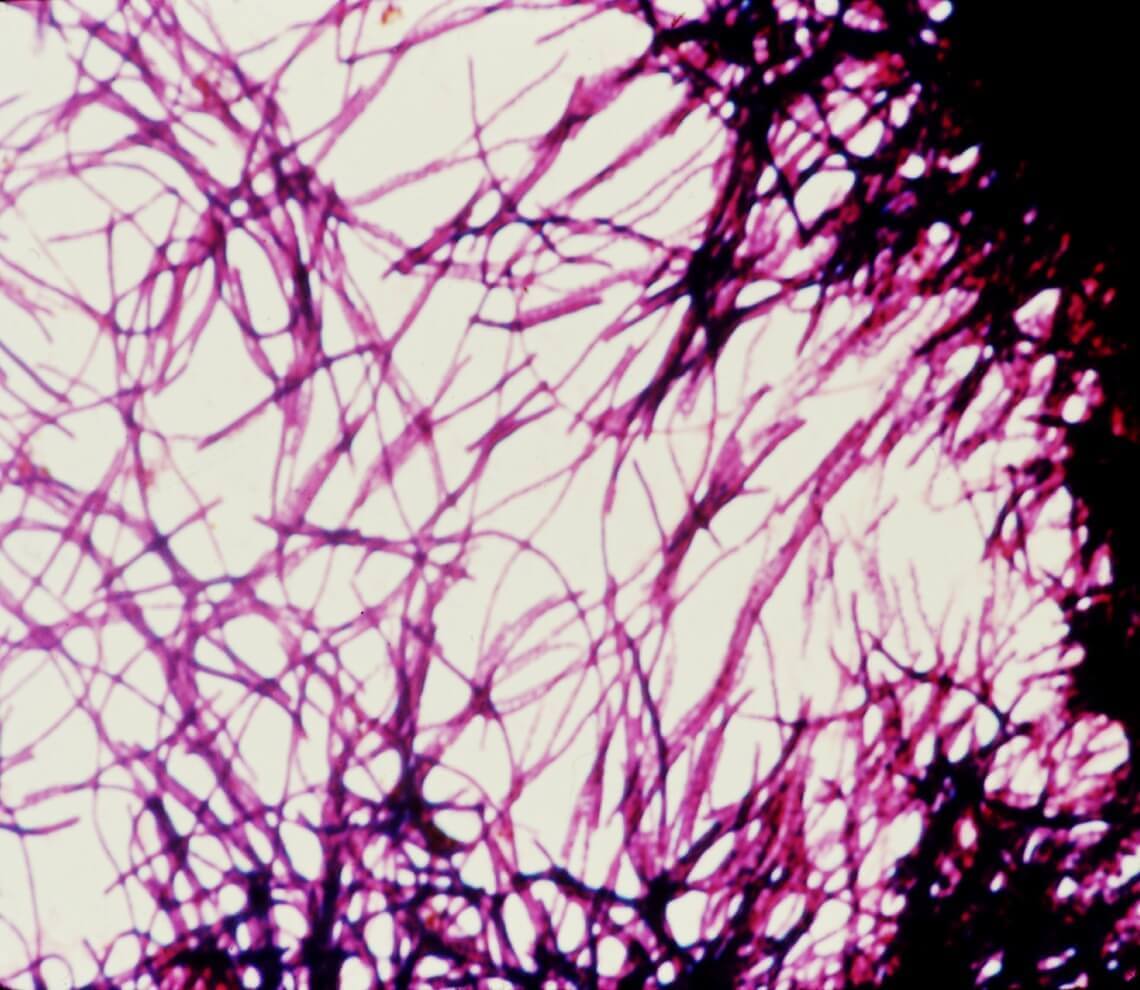- Our Suppliers
- MBS Monoclonals
- MBD1 (Methyl CpG Binding Protein 1, MeCP1, CXXC3, MeCP1 Complex, Methyl CpG Binding Domain Protein 1, Methyl CpG Binding Protein MBD1, Protein Containing Methyl CpG Binding Domain 1, PCM1, Regulator of Fibroblast Growth Factor 2 (FGF 2) Transcription, RFT
Product short description
Price:
575 EUR
Size:
100ug
Catalog no.:
GEN600629
Product detailed description
Concentration
N/A
Gene name
N/A
Gene name synonims
N/A
Other gene names
N/A
Also known as
MBD1
Immunoglobulin isotype
IgG1
Clone
8L709
Other names
MBD1; N/A
Category
Antibodies
Clonality
Monoclonal
Tested applications:
Western Blot (WB)
Subcategory
Mnoclonal antibodies
Host organism
Mouse (Mus musculus)
Source organism
Human (Homo sapiens)
Purification method
Affinity Purified by immunoaffinity chromatography.
Form/Appearance
Supplied as a liquid in PBS, pH 7.2, 0.02% sodium azide.
Species reactivity
Human (Homo sapiens); Due to limited knowledge and inability for testing each and every species, the reactivity of the antibody may extend to other species which are not listed hereby.
Specificity and cross-reactivity
This monoclonal antibody can be used for detection of MBD1, isoform 1, a 605 amino acid protein. In HeLa, a 70kD band is observed. Species Crossreactivity: Human.; Since it is not possible to test each and every species our knowledge on the corss reactivity of the antibodies is limited. This particular antibody might cross react with speacies outside of the listed ones.
Storage and shipping
Store the antibody at +4 degrees Celsius for short term storage.. For long-term storage and to avoid repeated freezing and thawing, aliquot For optimal long term storage, the antibody should be kept at -20 degrees Celsius. Aliquots are stable for at least 12 months the antibody should be stored at -20 degrees Celsius.. For maximum recovery of product, centrifuge the original vial after thawing and prior to removing the cap. Further dilutions can be made in assay buffer.
Description
Aplha, transcription related growth factors and stimulating factors or repressing nuclear factors are complex subunits of proteins involved in cell differentiation. Complex subunit associated factors are involved in hybridoma growth, Eosinohils, eritroid proliferation and derived from promotor binding stimulating subunits on the DNA binding complex. NFKB 105 subunit for example is a polypetide gene enhancer of genes in B cells.A methyl group is an alkyl derived from methane, containing one carbon atom bonded to three hydrogen atoms — CH3. In formulas, the group is often abbreviated Me. Such hydrocarbon groups occur in many organic compounds. It is a very stable group in most molecules. While the methyl group is usually part of a larger molecule, it can be found on its own in any of three forms anion, cation or radical. The anion has eight valence electrons, the radical seven and the cation six. All three forms are highly reactive and rarely observed,The activation of transcription factor subunits is the first step of gene expression, in which a particular segment of DNA is copied into RNA (mRNA) by the enzyme RNA polymerases. Transcription factors, unites and elongations can be RNA and DNA nucleic acids, base pairs of nucleotides . Converting from DNA to RNA is made by enzymatic reactions. During transcription, a DNA sequence is read by an RNA polymerase, which produces a complementary, anti-parallel RNA strand called a primary transcript. Transcriptions are key functions in signal transduction pathways. Signaling ligand binding transcription factors play an important role in transduction cascades.
© Copyright 2016-Tech News . Design by: uiCookies

